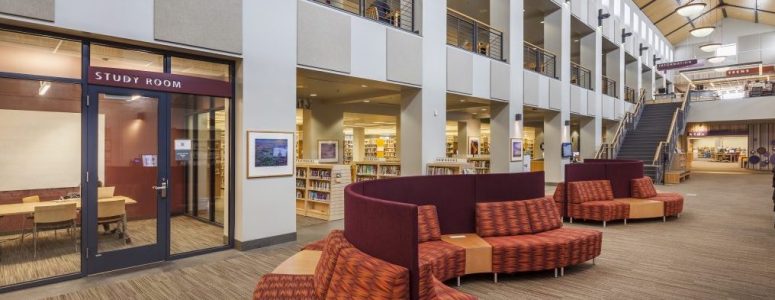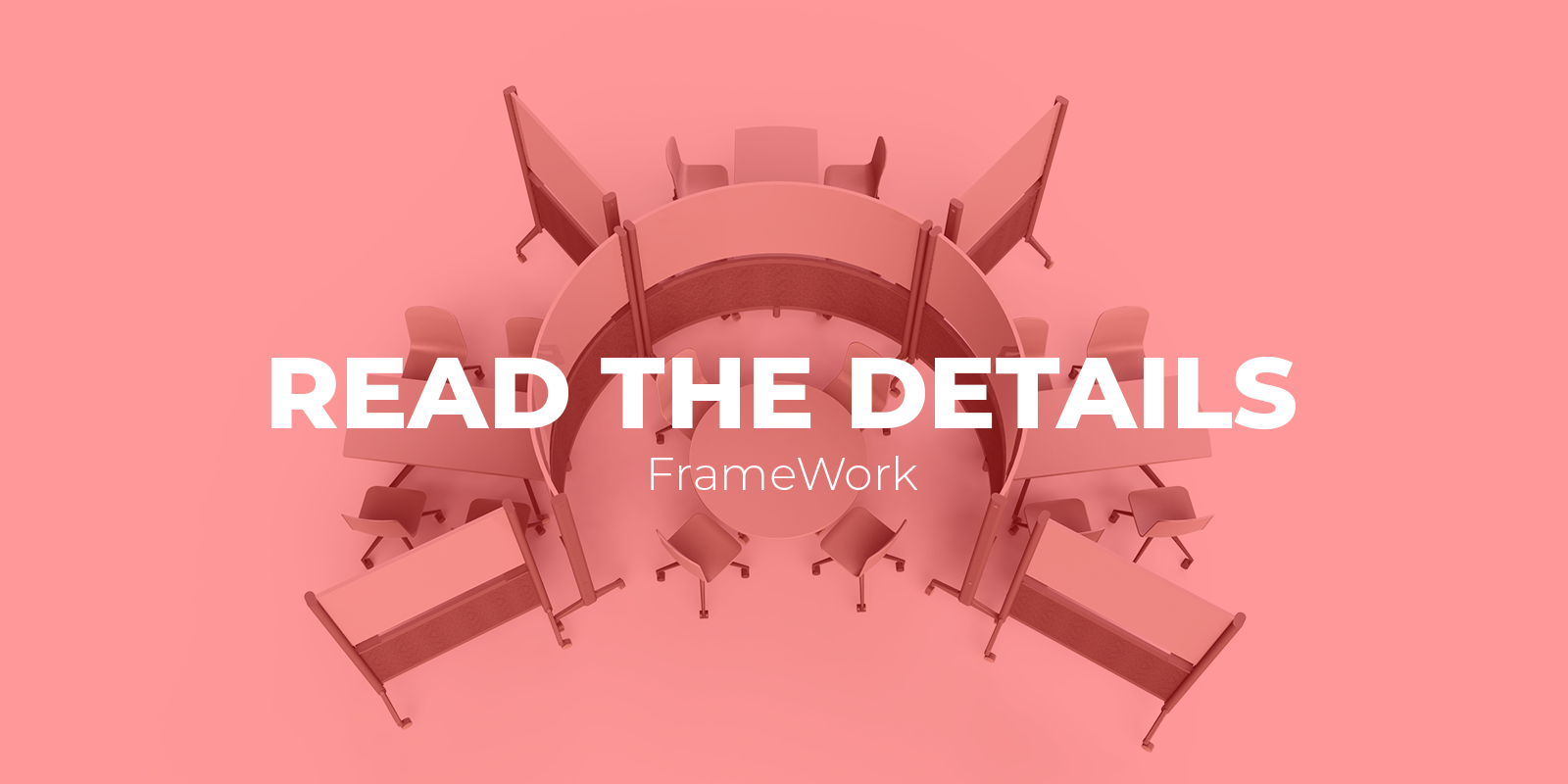
Even before COVID-19, space issues have been a frustratingly common struggle for libraries. And now, as we all prepare to restructure our spaces for the “new normal,” many Library Directors are having to get even more creative to make their limited space stretch further.
With such a diverse set of needs to provide for, libraries are often spread thin with room available to effectively support the various activities occurring in their space.
Activities like individual study, community meetings, group work, reading, research, children’s activities, computer access, and classes (and that’s just the start of the list!).
Many of the libraries we’ve helped furnish often haven’t had enough private study rooms or meeting space for students and community members. And in older libraries, space issues get even more complicated as the growth of the university or surrounding community has outpaced the expansion of the library. When you add budget limitations to that, you inevitably see your space consistently filled.
And now as we are returning or planning to return to our facilities, new problems exist. How will we restructure our spaces to support social distancing? What environments that previously worked well might make people feel uncomfortable now? How do we need to adjust the flow of our space to clearly direct our patrons?
So… how do you navigate these continued space issues and social distancing in your library? We’ve got a fresh solution here at Agati, but it all starts with a few simple questions. They likely won’t be new questions to you, but it’s easy to let the fast pace of the job take away from planning for the future of your library and support of the community.
What? How? Where?
1) Take an Inventory: What activities take place in your space?
Libraries are busy places (as they should be!). Especially now, you’re likely running at a pretty fast pace. So when was the last time you took an inventory of what happens in a typical week in your facility? Sure, you know it all forwards and backwards in your head. But listing it out really is the foundation of making strategic decisions for the future of your space.
Reading. Finance classes. Community gatherings. Study groups. Working at our computer stations. Children playing and reading. List it all!
2) Take a Look: How are these activities taking place currently? (Or how have they taken place?)
Looking back at the list you just made, we now want to ask the question, How? What do each of these activities look like in your space? The goal here is to identify current areas of limitation in space, furniture availability, time, staff, etc. Here are some examples of what we might identify here:
Group study work happens consistently in our private study rooms. However, they tend to fill up and groups are then forced to meet in what should be our quiet area.
Previously, the community area towards the front of our facility was a popular spot. Now, the seating in that area is likely too close together to continue to be used consistently.
Kids really seemed to enjoy our new reading corner. This area has functioned well and is an area we should leverage moving forward.
We have had a few people reach out looking to use our space for classes for the community that we’ve had to turn down because of a lack of room availability.
You get the idea. You’ve likely had a lot of similar thoughts running through your head every day, but it’s helpful to clearly break them down to identify opportunities and needs.
3) Get specific: Where is the biggest need?
Finally, we prioritize. Of the list you just made, what is most pressing? What do you see as the biggest need to address soon? How can you pitch this need and potential solutions to your stakeholders or team?
It’s a simple exercise of questions. But it’s helpful to break the issue down so space limitations in your space don’t feel completely overwhelming, but instead are attached to specific issues that you can slowly chip away at.
Which brings me to our latest solution here at Agati:
Leveraging the Space You Already Have: A New Solution
Throughout this article, we’ve highlighted the space issues that exist in many libraries. As we shared above, one of the most common space struggles we see is that libraries don’t have enough private study rooms or meeting space for their students and patrons. And today, many libraries are working hard to redefine their spaces to accommodate social distancing and continue resourcing their community.
So our team put our minds together and developed a simple and innovative approach to a common problem: FrameWork.
FrameWork was created for one purpose: To give you the freedom to configure your space in any way you need to. Combining the need for learning, privacy, social distancing, and noise control, FrameWork is an effective way to expand the use of the space you already have.
FrameWork is an incredibly effective tool to have on hand as you’re reshaping your space in response to COVID-19. We’re all having to answer questions we’ve never had to answer before. So whether you’re using panels to separate study tables or lining them up to direct foot traffic in a single direction, this product will give you the flexibility to adjust your space as you need to. And as your needs change, FrameWork panels can be adjusted and moved in no time at all.
With FrameWork, you can create a variety of spaces for individuals or smaller groups in minutes using both straight and curved panels. Since each panel comes on casters, they can be easily moved to repurpose any space for a variety of functions. And with lower-level acoustic panels on each piece, you’ll keep the noise levels of conversations, lectures, or meetings to a minimum.
We’ve been really excited to launch this product, and are looking forward to seeing the creative ways libraries are able to use it to segment and adapt spaces for learning, separation, collaboration, and more.
Click here or on the image below to check out the full details!

